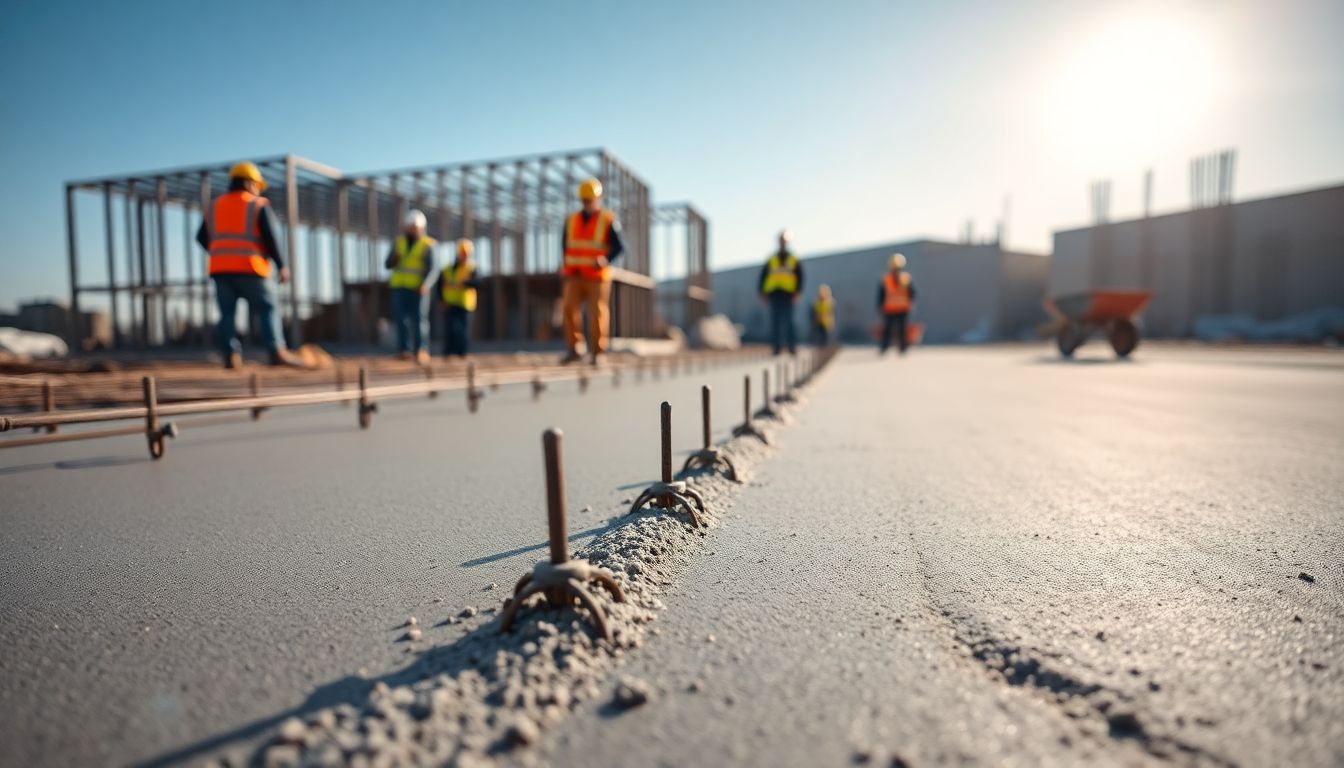
Introduction
Cement is the foundation of most building projects today. Whether it’s a small house or a massive bridge, cement plays a crucial role. Understanding its properties, types, and uses helps builders and engineers make better choices. From ancient days to now, cement has grown smarter with innovations. It’s also a key player in making construction more eco-friendly.
What is Cement? An Overview of This Crucial Construction Material
Definition and Composition of Cement
Cement acts as a glue that holds building materials together. It becomes hard and strong when mixed with water. The main ingredients include clinker, limestone, silica, alumina, and gypsum. Different mixes create various types of cement suited for specific needs.
Historical Development of Cement
People have used natural materials to bind things for thousands of years. The Babylonians and Egyptians made early forms of mortar. Then, Portland cement was invented in the 19th century and became the standard. Over time, new formulas and technology improved durability and strength.
Global Production and Market Trends
Leading cement-producing countries include China, India, and the US. Demand remains high with urban growth and infrastructure projects. Since cement can impact the environment, many companies now focus on sustainability. Green initiatives aim to reduce carbon emissions and resource use.
Types of Cement and Their Specific Uses
Ordinary Portland Cement (OPC)
This is the most common type of cement. It’s reliable for buildings, roads, and bridges. OPC offers good strength and setting times. However, it isn’t always ideal for highly corrosive or extreme conditions.
Special Cement Types
- Rapid-hardening cement: perfect for projects that must finish quickly, like emergency repairs or precast elements.
- High alumina cement: resists high temperatures and chemicals, making it ideal for industrial settings.
- Sulphate-resisting cement: used in environments with lots of sulfates, such as marine or sewage plants.
Eco-friendly and Green Cements
Lately, greener options are gaining attention. Blended cements incorporate industrial waste like fly ash or slag. These help reduce the carbon footprint of construction projects while maintaining performance.
Manufacturing Process of Cement
Raw Material Extraction and Preparation
Cement production begins with quarrying limestone and other minerals. These materials are transported to the plant as raw feed. They are crushed into fine powder and blended to get the right chemical mix.
Clinker Production
In a kiln, raw materials heat to over 1400°C. This causes chemical reactions that form small, hard balls called clinker. The process needs careful temperature control to ensure quality.
Finish Grinding and Packaging
Clinker is ground into a fine powder, then mixed with gypsum for setting control. The final product is stored in silos before packaging. Proper storage prevents moisture absorption and damage during transport.
Environmental Impact and Mitigation
Manufacturing cement emits CO₂ and uses energy. Industry leaders are exploring cleaner fuels, like waste or biomass, and carbon capture methods. These efforts aim to make cement production more sustainable.
Properties and Testing of Cement
Physical and Mechanical Properties
Good cement should set within a reasonable time, gain strength, and withstand weather. Water-cement ratio influences workability. Testing for these properties ensures quality and safety.
Standard Testing Methods
Tests measure compressive strength and setting time. Soundness tests check for unwanted expansion or shrinkage. These tests follow standards like ASTM and EN to guarantee consistency.
Quality Control and Assurance
Certificates confirm cement quality. Lab tests are more precise, but field tests help verify real-world performance. Proper quality control is key for safe, durable structures.
Applications of Cement in Construction
Structural Components
Cement is used to build foundations, beams, and columns. It forms slabs for floors and rooftops. It’s the backbone of most load-bearing elements.
Infrastructure Projects
Roads, bridges, and tunnels depend heavily on cement-based mixes. Their durability helps them last decades even under heavy traffic and weather.
Specialized Uses
Precast concrete parts, decorative panels, and industrial flooring all utilize cement. Innovations like 3D printing are opening new doors for construction with cement.
Innovation in Construction with Cement
Developments include prefabricated units and advanced composite materials. These help speed up building times and reduce waste, making construction more efficient.
Sustainability and Future of Cement
Environmental Challenges
Cement production accounts for about 8% of global CO₂ emissions. It also requires huge amounts of raw materials, pressing the need for greener solutions.
Advancements and Emerging Technologies
Scientists are working on carbon-neutral cement formulas and using waste materials. These innovations can significantly cut emissions and save natural resources.
Role of Cement in Green Construction
LEED and other green building certs reward using eco-friendly materials. Builders can reduce their footprint by choosing sustainable cement options and optimizing their use.
Conclusion
Cement remains vital to building the world we live in. It forms the backbone of infrastructure and shapes our environment. Choosing the right type and using it wisely can boost durability and sustainability. The future of cement is brighter with innovations focused on reducing impact and improving performance. Whether you’re a builder or project manager, understanding cement helps you make better, eco-friendly choices that last for generations.